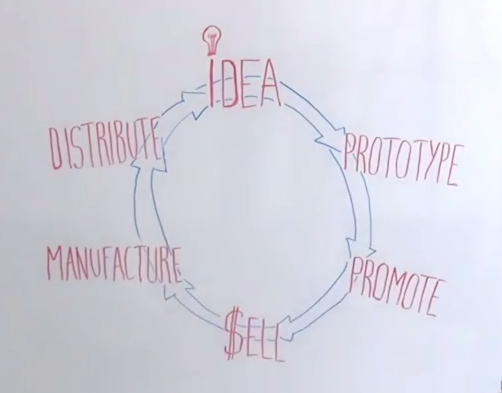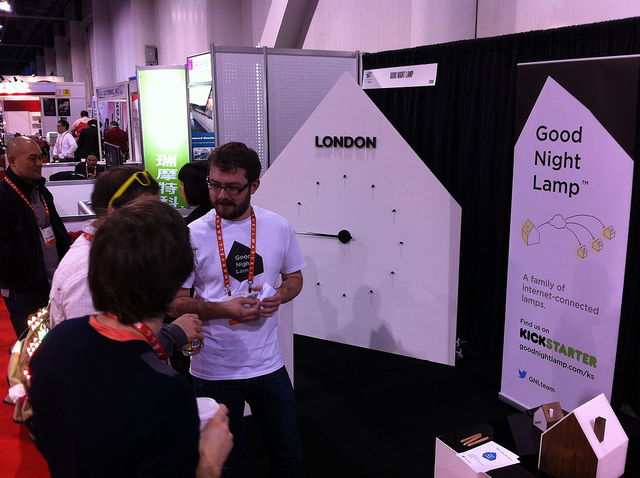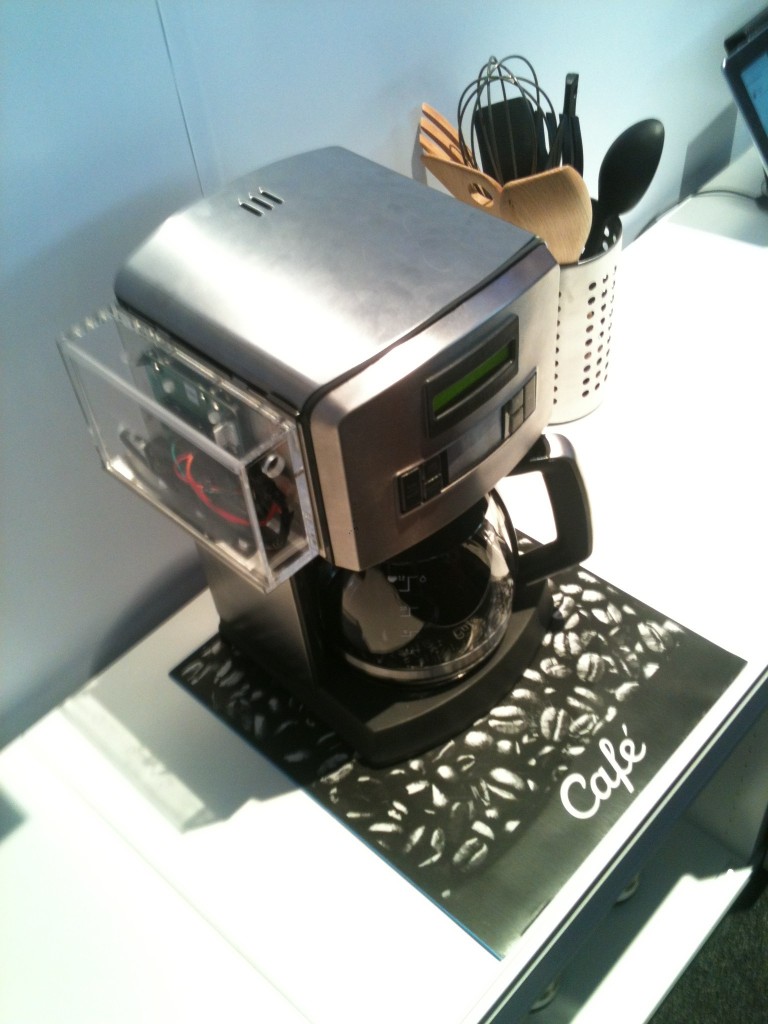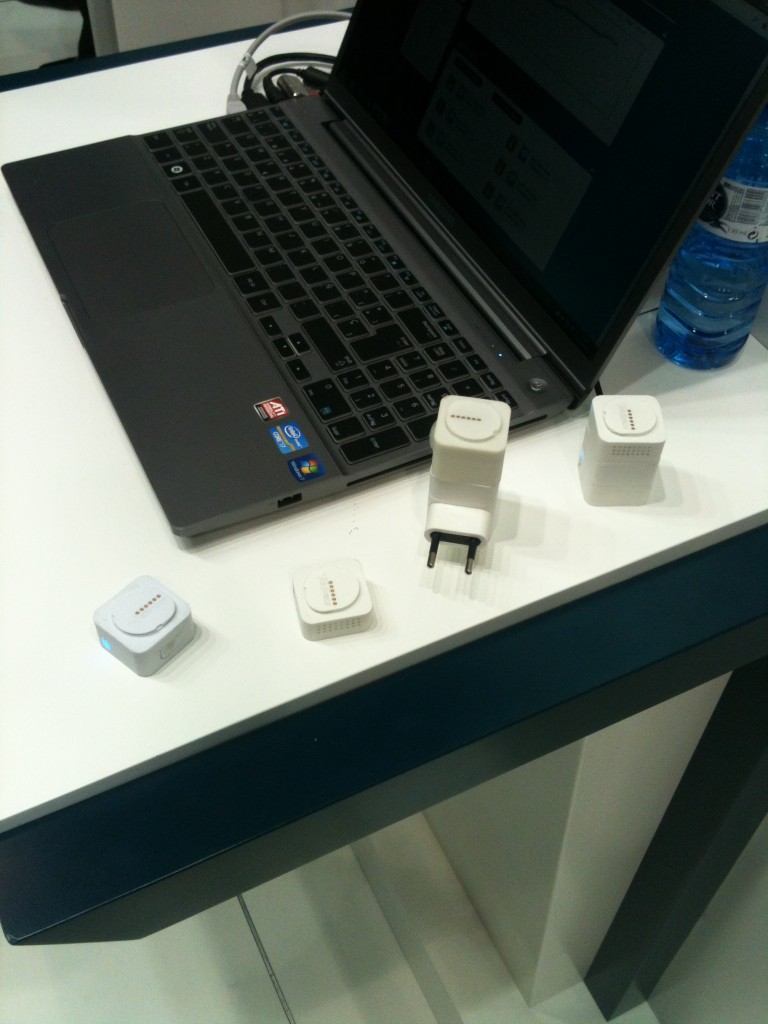How To Fund Your Internet of Things Project
Welcome to the new edition of IoTFriday at thethings.iO. Today we will be discussing how to fund your Internet of Things project.
We have come across multiple startups and companies who have innovative ideas and prototypes but they don’t know how to get funding to produce their things and enter the market successfully. Usually, they are restrained until they get to the point where they have a few prototypes but are unable to receive funding therefore they are unable to produce anything. Today we want to cover some ideas about how to fund your Internet of Things project.
The Internet of Things business cycle
At thethings.iO we work using our own lean approach. This IoT business cycle is an approximation of how we think people build products.
Idea: Teams want to solve daily life problems; they have an idea about how to solve that problem with a networked object.
Prototype: Teams should then prototype the idea of the solution through design and electronics. From there, they should refine the idea as needed by user tests and iterations.
Promotion: Now it’s time to market to the proper target. It’s important to understand what is the niche of people who are more apt to buy your product and see it as useful. Today, it’s becoming easier to fund hardware and software products through new funding instruments such as crowd funding platforms.
Sell: If you are using crowd funding campaigns or pre-selling on a website, you are already in the selling process.
Manufacturing: With the proper funding, it would then be time to decide where to produce the final product. Before this point, you may already know where you can produce this product, the cost of producing it, and delivery timing, as well as several other small details. However, it is important to remember that everything can change so being familiar with these small details is extremely important for the future of the product. Lastly in this manufacturing process, you will need to create a team in the country of the manufacturing strictly devoted to testing and tuning the last details of the product.
Distribution: As the final step, you will need to send your product to your first clients and wait for feedback. Then, you should take into account things like stocks, logistics, etc.
Although creating hardware can be complicated, it is very doable.
Some examples of IoT Crowd Funded Projects
1. Smart Citizen Kit Project
Smart Citizen Kit was provided with two important things through a crowd funding campaign: cash to produce the first prototypes in China and enough market traction to attain people’s interest on the product.
2. SmartThings project
Unlike the Smart Citizen Kit Project, SmartThings received funding from investors before attending their Kickstarter campaign. They used their crowd funding campaign as a marketing campaign to get traction which insured them that there were early adopters who were very interested in their product.
They get funded by investors before going to their Kickstarter campaign. They used their crowdfunding campaign as a marketing campaign to get traction and proof that people and early adopters were really interested on their product.
Advice From Thethings
If you are searching for funding for your startup, there are several accelerators and incubators available such as Highway1, Lemnos Labs or Startupbootcamp IoT, among others, that can help Internet of Things startups to get their seed funding to set up the first prototypes and help define the target market strategy.
Investments from venture capitals and angels can make things a bit complicated for the Internet of Things and hardware companies. If investors don’t see a direct value and future revenue stream from the hardware, it’s difficult to get funded.
At thethings.iO, we help hardware companies connect their things to the Internet for a variable cost. With this pricing, our vision and main goal is to encourage companies to focus on their product development while we take care of the underlying cloud platform of their solution.
If you are looking for extra information on how thethings.iO can help your product, feel free to contact us at any time!
Don’t forget to follow us on Twitter and be sure to check out our #IoTFriday weekly blog!






